The truth lies in the stories not reported
By now, you at least know some of the story. One month ago, 25-year-old Baltimore, Maryland, native Freddie Gray died due to a spinal cord injury while in police custody. His tragic death reignited what has been called “The Civil Rights Movement of this Generation,” which is advocating against institutional injustice, classism and police brutality.
But did you know that at least a week before the violence erupted, there were peaceful protests?
We didn’t.
Before the media coverage, Gray was just another unfortunate statistic of a young black man dying while in the custody of the Baltimore police.
But when the peaceful protests morphed into more violent ones, the media arrived, and suddenly, there were violent riots on television, photos of a burning CVS on the front covers of magazines and newspapers and #blacklivesmatter and #BaltimoreRiots trending on Twitter. The events of Baltimore became inescapable to anyone remotely plugged into the media.
In the past, peaceful protests such as the Civil Rights Movement led by Martin Luther King, Jr. in the 1960s, were able to get media attention that created actual change. However, in Baltimore, only violence brought media attention, and from what we have seen, the media coverage has not helped to solve the city’s problems of police brutality or institutional racism.
In a National Public Radio Boston interview, media correspondent David Folkenflik noted that, before violence ensued, “CNN almost seemed to be predicting and anticipating that the protests would turn violent,” but at that time, “the protests were not violent.”
Folkenflik went on to describe a video clip in which a protester expressed her exasperation with the fact that even though protests were peaceful for six days, only after buildings were looted and squad cars were burned did media coverage intensify.
To the media, peace is no longer profitable. Violence, on the other hand, is.
To sustain itself, the media needs ratings, advertisements and viewership. Knowing that human nature finds violence and destruction captivating, the media has provided us with exactly that in their portrayal of Baltimore. And, as off-putting of a thought as it is, we eat the violence up, perpetuating this style of hyperbolic coverage.
But what is left unreported and out of the frame? Undocumented by quotes and interviews? Unseen and unheard of by the public?
Although we might not have the capacity to answer these questions, they provide us with a lot to think about.
Baltimore is experiencing a giant upheaval revolving around the issues of institutional racism, social class, and police brutality. While the coverage of the media affects the victims more than it does the people watching, those of us watching feel we have not been told the full truth.
There are more intricate and lesser known stories that need to be told.
From across the country, we have the means to spread awareness, to petition and to make positive change happen. But in order to effectively bring about that change, it is critical for us to be well informed on all truths, both obvious and subtle.
The only way for this to work is if we trust that the media will fulfill its job of informing us. However, right now, as it strives for viewership and ratings, we’re not so sure we can.

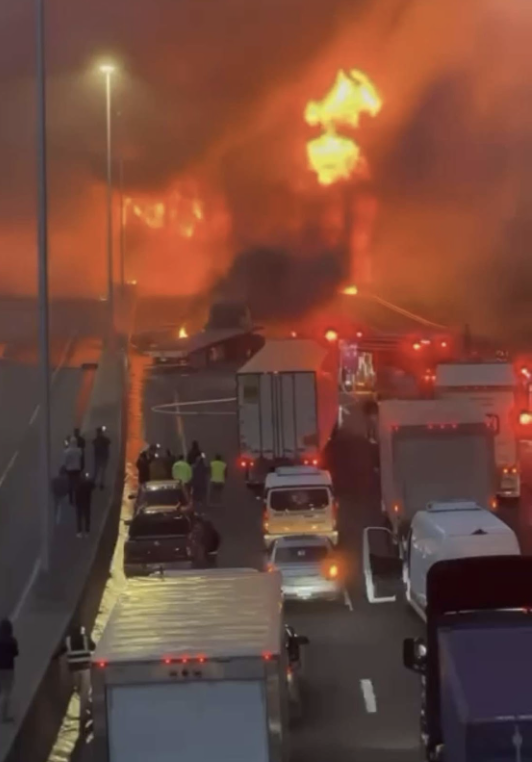
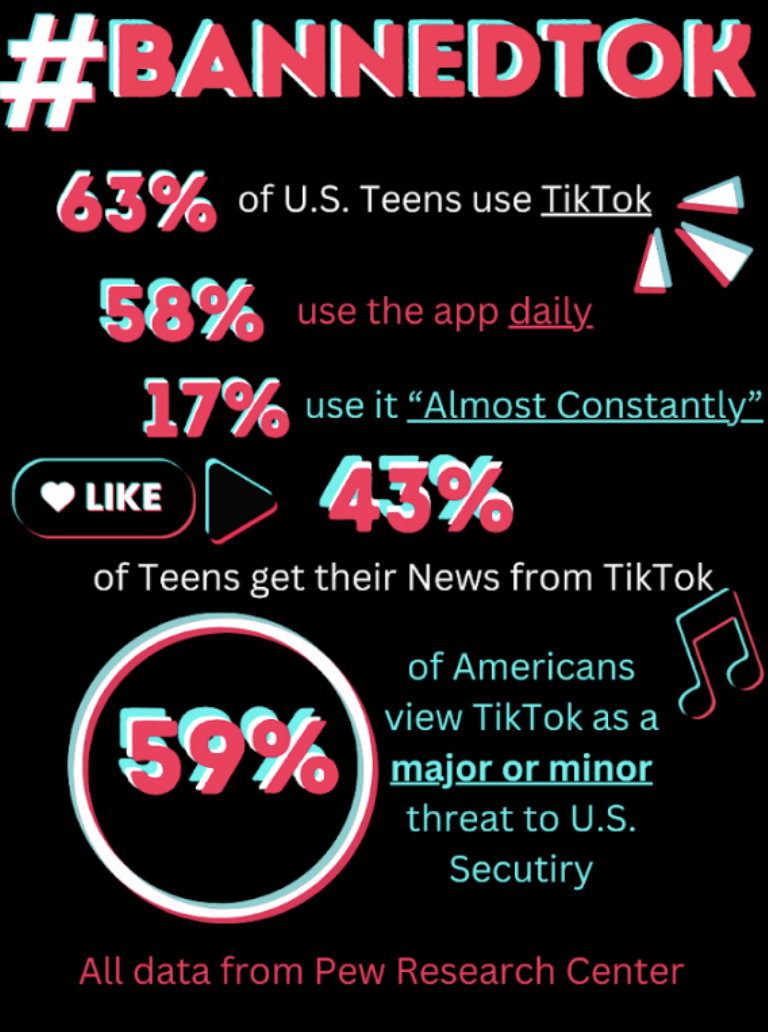

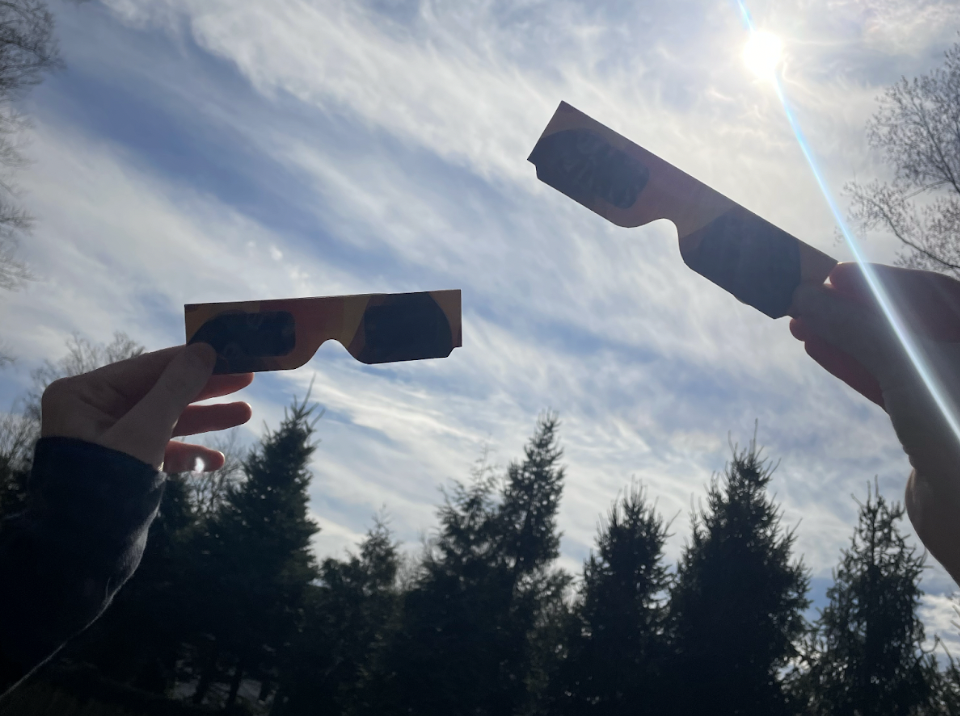



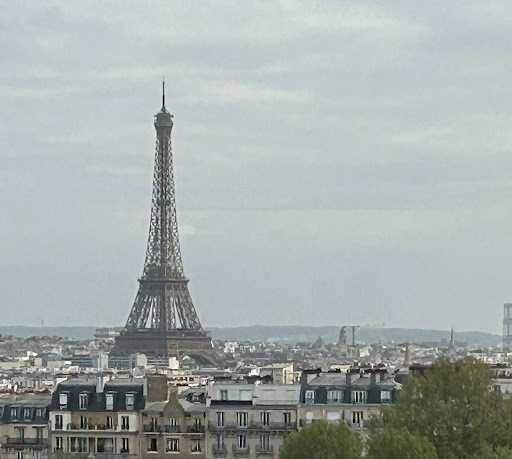


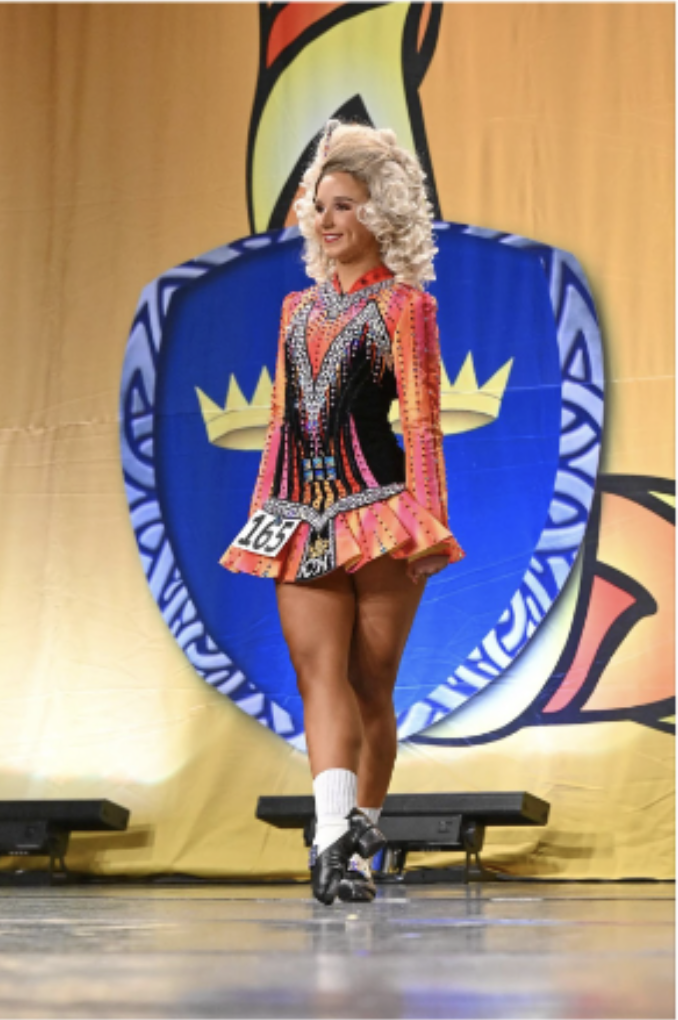









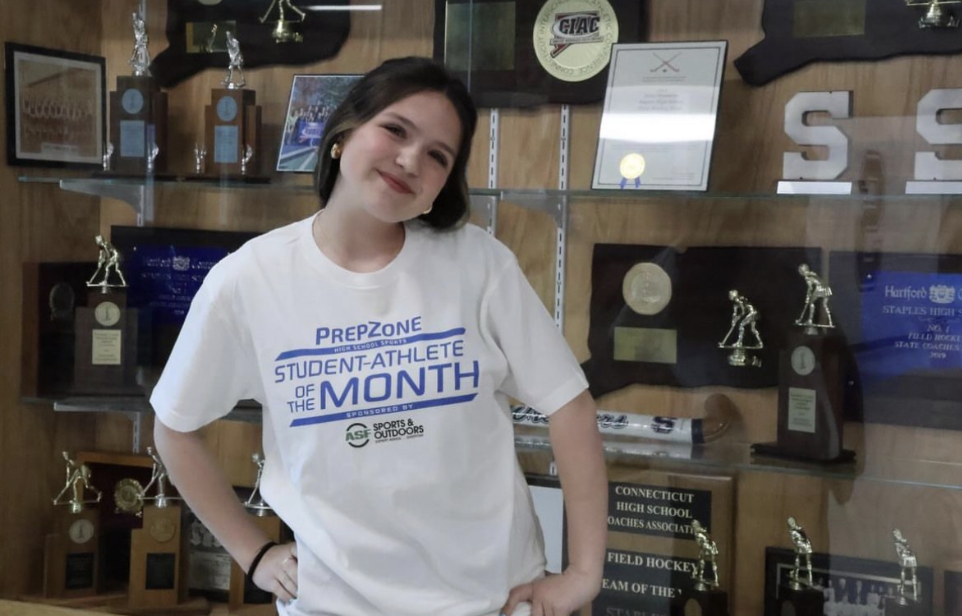
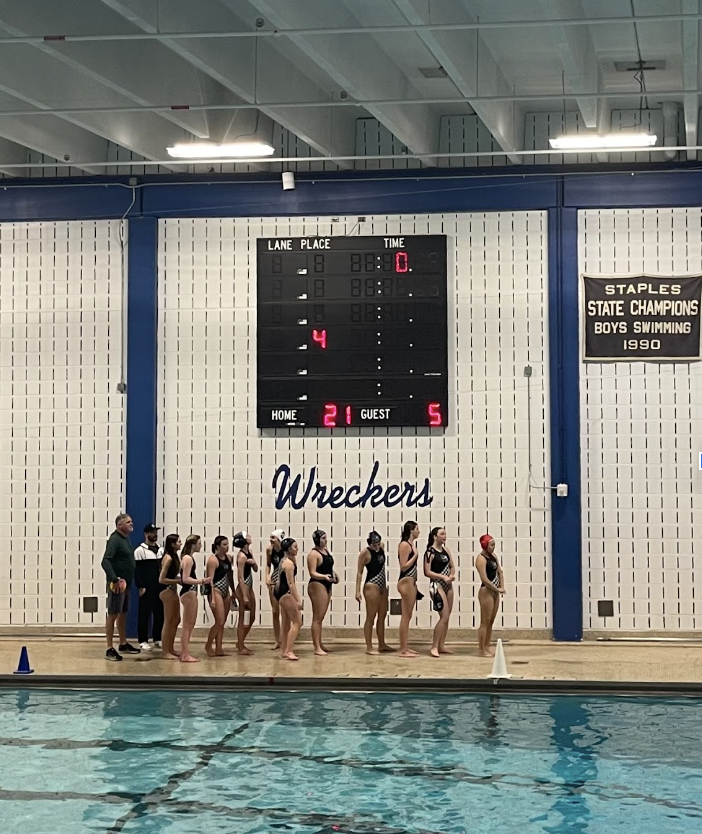



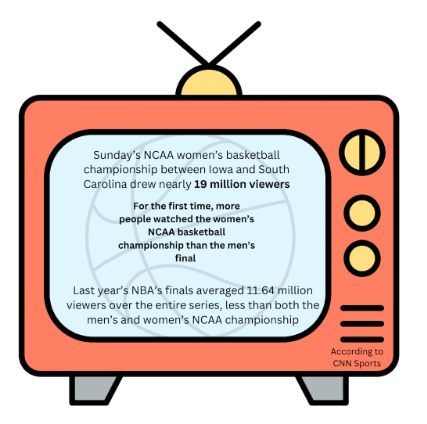

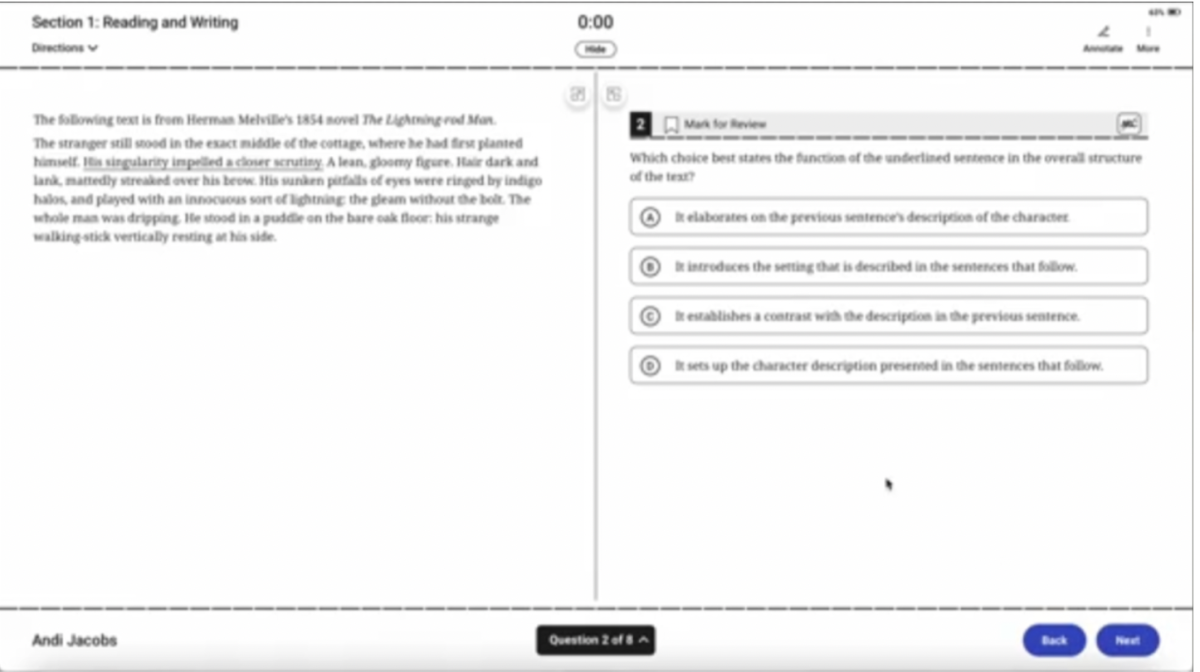

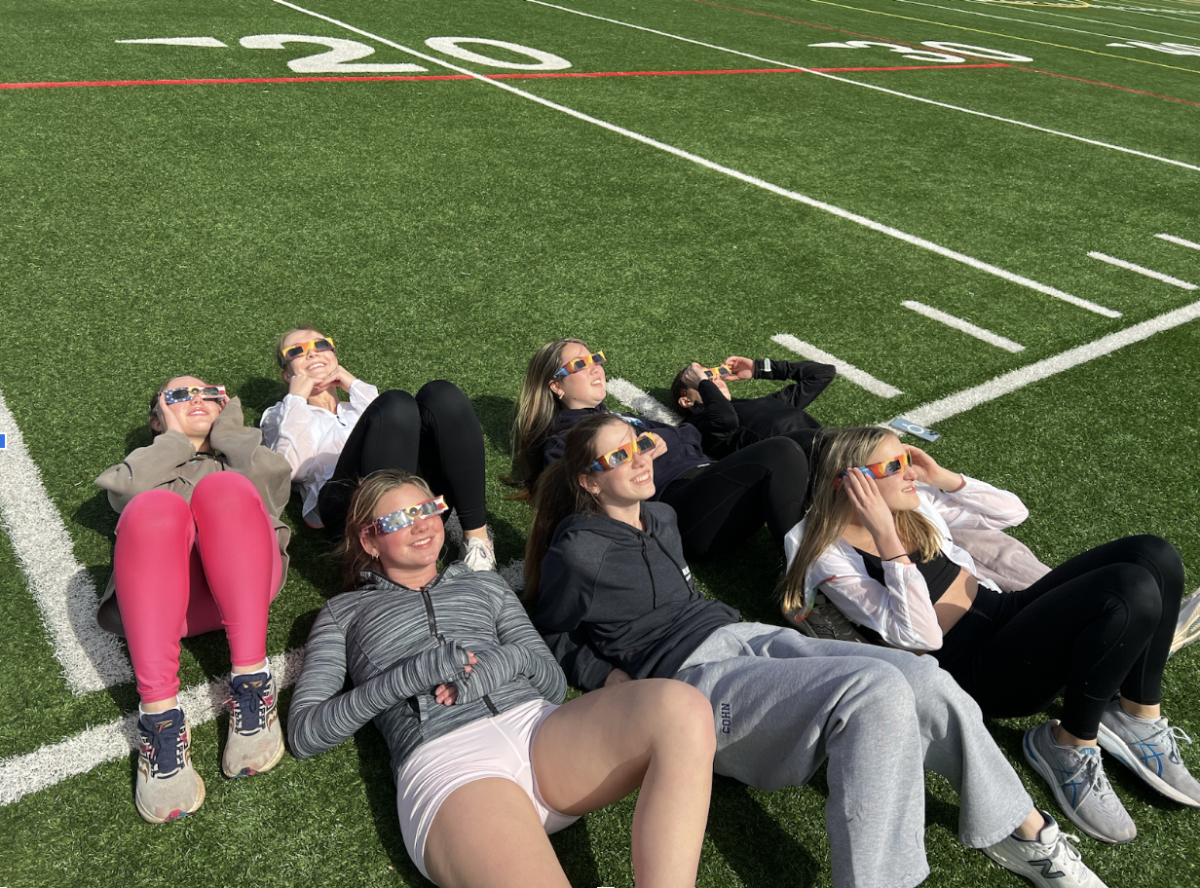












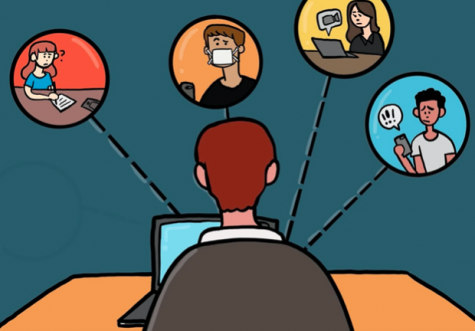
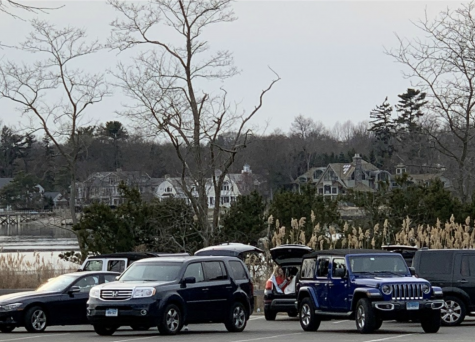
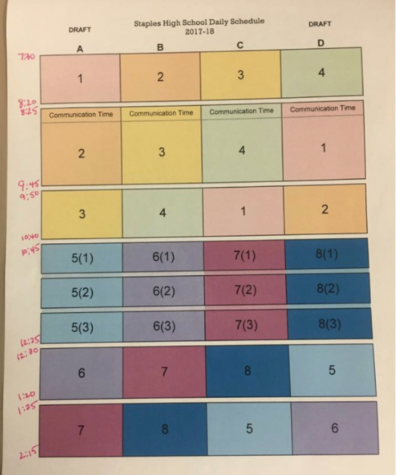
![[Nov. 2016 Editorial] Battling bystander effect requires administrative change](https://www.inklingsnews.com/wp-content/uploads/2016/11/Screen-Shot-2016-11-22-at-1.05.28-PM.png)


